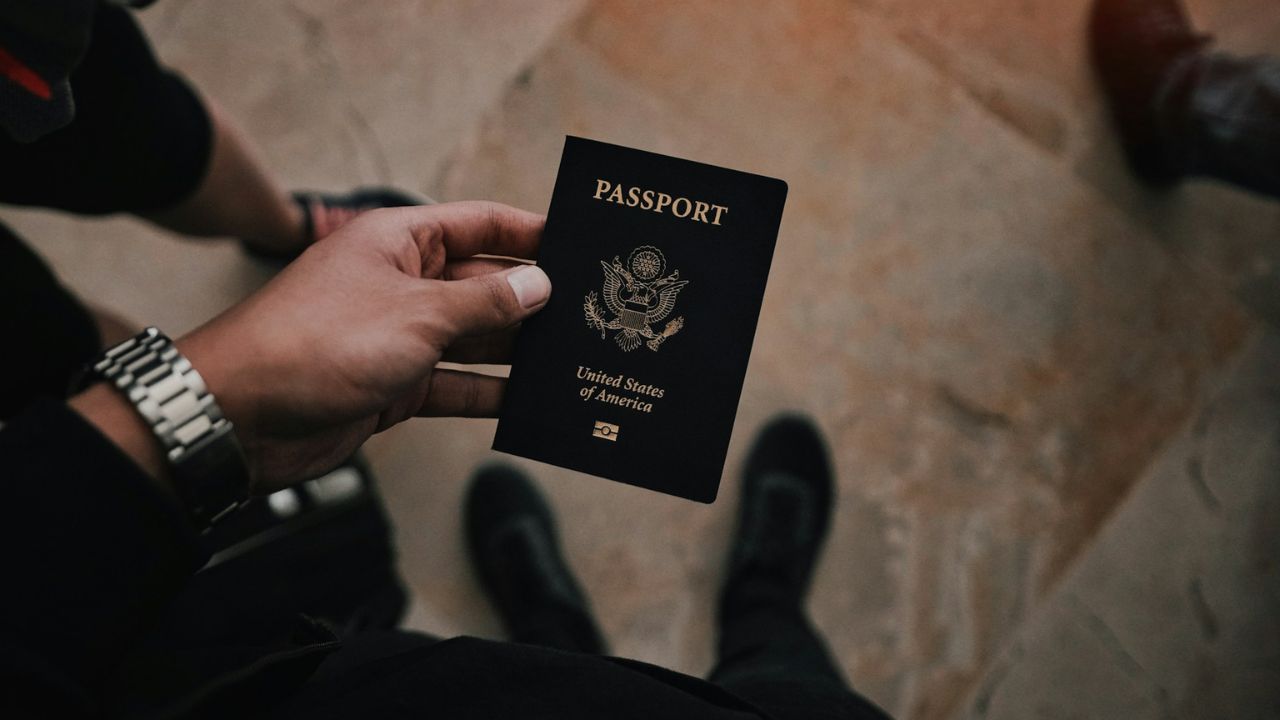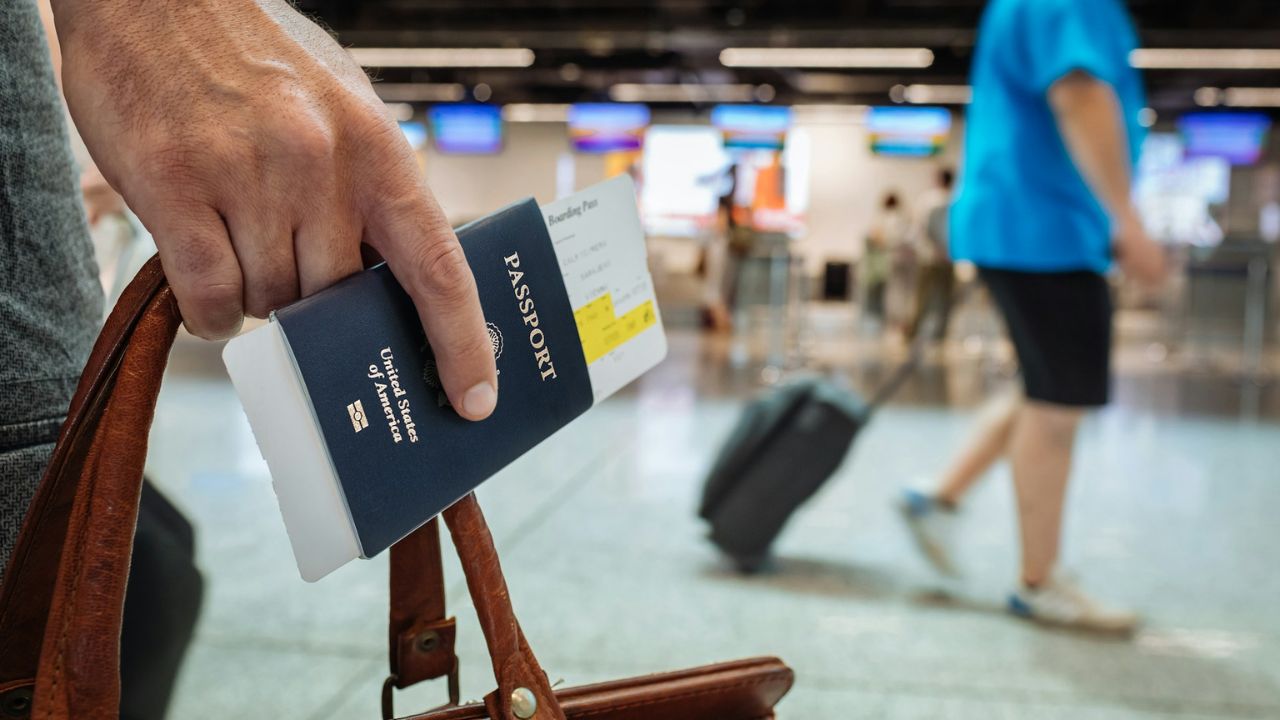For decades, flipping through a passport has been part of the magic of travel. Every colorful stamp marked an adventure: a spring break in Mexico, a study-abroad semester in Spain, or that first trip across the Atlantic. For many American teens and young adults, the collection of stamps was proof of independence and exploration. But this tradition is fading fast.
Around the world, governments are replacing stamps with digital records and biometric scans. The shift is happening in the United States, across Europe, and in destinations like Australia and Singapore. For American teens preparing for study abroad, backpacking trips, or international exchanges, understanding this change is essential. It affects how you track your travel, prove your entry and exit, and even how you plan your itineraries.
Why Passport Stamps Are Disappearing
The move away from stamps is driven by three main factors: efficiency, accuracy, and security. At busy airports like JFK or LAX, long lines for manual stamping are a common frustration. Automated kiosks and biometric gates process passengers faster, which reduces wait times. Electronic records are also more precise than hand-stamped dates, which can sometimes be smudged, unclear, or forgotten altogether.
Security is another major reason. Governments want reliable systems that prevent overstays and identify people using fraudulent documents. Biometric data such as fingerprints and facial scans are harder to fake than an ink mark on paper. For teens traveling abroad for the first time, this means smoother processing at borders but also less room for error in following stay limits.
The U.S. Traveler Experience

Many American travelers have already noticed fewer stamps when returning home. U.S. Customs and Border Protection has been moving toward digital entry records for years. Instead of relying on a physical stamp, the official proof of arrival is now logged in the electronic I-94 system. This record can be accessed and printed online if needed.
For teens studying abroad or applying for internships, this matters. Schools, employers, or immigration offices may ask for proof of lawful entry. Without a stamp, the I-94 printout becomes your evidence. Understanding how to access this document is as important as keeping your boarding pass safe. At some airports, you can still request a stamp, but increasingly, it is no longer standard practice.
Study Abroad and Backpacking in Europe
Europe remains one of the most popular destinations for American students and young travelers. Whether it is a semester in Italy, a summer program in France, or a backpacking trip across multiple countries, the region is often a first stop.
Starting October 2025, the European Union will introduce the Entry/Exit System, a digital database that records the entry and exit of all non-EU visitors. Instead of stamping passports, border officers will collect biometric data like fingerprints and facial images along with passport details. This system will be phased in over six months and fully operational by April 2026.
The change is significant because it enforces the well-known “90 days in 180” rule across the Schengen Zone. Many American teens rely on short-term visas or visa-free travel for study programs, language exchanges, or backpacking. With EES, the rule will be tracked automatically, leaving little room for mistakes. For students arriving in 2025 or 2026, it is important to allow extra time for the first enrollment, as lines may be longer during the rollout.
Popular Destinations Beyond Europe
Europe is not alone in going digital. Other popular destinations for young Americans have already transitioned.
- Australia and New Zealand: These countries stopped routine passport stamping in 2012. Travelers are processed through SmartGate, which uses facial recognition. Many U.S. students choose Australia and New Zealand for semester exchanges, making knowledge of this system important.
- Singapore and Hong Kong: Both hubs rely on electronic receipts instead of ink stamps. Teens traveling through Asia for cultural exchanges, tech programs, or family visits will see this firsthand.
- Argentina and South America: Several South American countries now use electronic entry systems. This affects students traveling to learn Spanish, volunteer, or participate in exchange programs.
In all of these places, asking for a stamp may no longer be an option. Travelers need to adjust to the reality that the digital record is the only official proof.
What Teens Should Do to Adapt

Losing passport stamps does not mean losing your ability to track or celebrate travel. It just requires a new approach.
- Save your electronic records. Always download or print your I-94 in the U.S. and any equivalent documents abroad. Keep copies of boarding passes, e-tickets, and hotel confirmations as additional proof.
- Track your days carefully. Especially in Europe, respect the 90/180 rule. Do not assume that without stamps no one is counting. The system now counts automatically.
- Plan for extra time during rollouts. In Europe, the EES may cause delays in 2025 and 2026 as millions of travelers enroll. If you are starting a study program or internship, arrive with time to spare.
- Build your own souvenir system. If you miss the thrill of stamps, keep a travel journal, print photos, or collect local tickets and receipts. These mementos can replace the old ritual of flipping through a stamped passport.
- Learn about upcoming requirements. Europe will add ETIAS, a travel authorization, after EES. The United Kingdom is also rolling out electronic travel authorizations for visitors. Teens planning trips abroad should check requirements early.
The Emotional Side of Saying Goodbye to Stamps
For many teens, the fading of passport stamps feels like the end of an era. Stamps were more than paperwork; they were proof of growth and adventure. A page filled with colorful marks showed courage, independence, and a story worth sharing.
While the nostalgia is real, embracing the digital shift has its upsides. It makes travel more accessible by reducing errors and speeding up border checks. It reduces stress for first-time travelers who no longer have to worry about smudged stamps or missing entries. And it places more emphasis on the experiences themselves, not just the ink in a book.
Conclusion
Passport stamps are disappearing because travel is moving into a digital age. The United States already relies on electronic records, Europe will fully phase out stamps by 2026, and countries across Asia and Oceania have made the switch. For American teens and young adults, this change matters for study abroad, backpacking trips, and cultural exchanges.
The lesson is clear: learn how to keep your digital travel records, respect visa rules, and plan ahead for new systems. While the physical stamp may vanish, the memories of each journey remain and the ability to travel smoothly in a modern world is the best souvenir of all.


